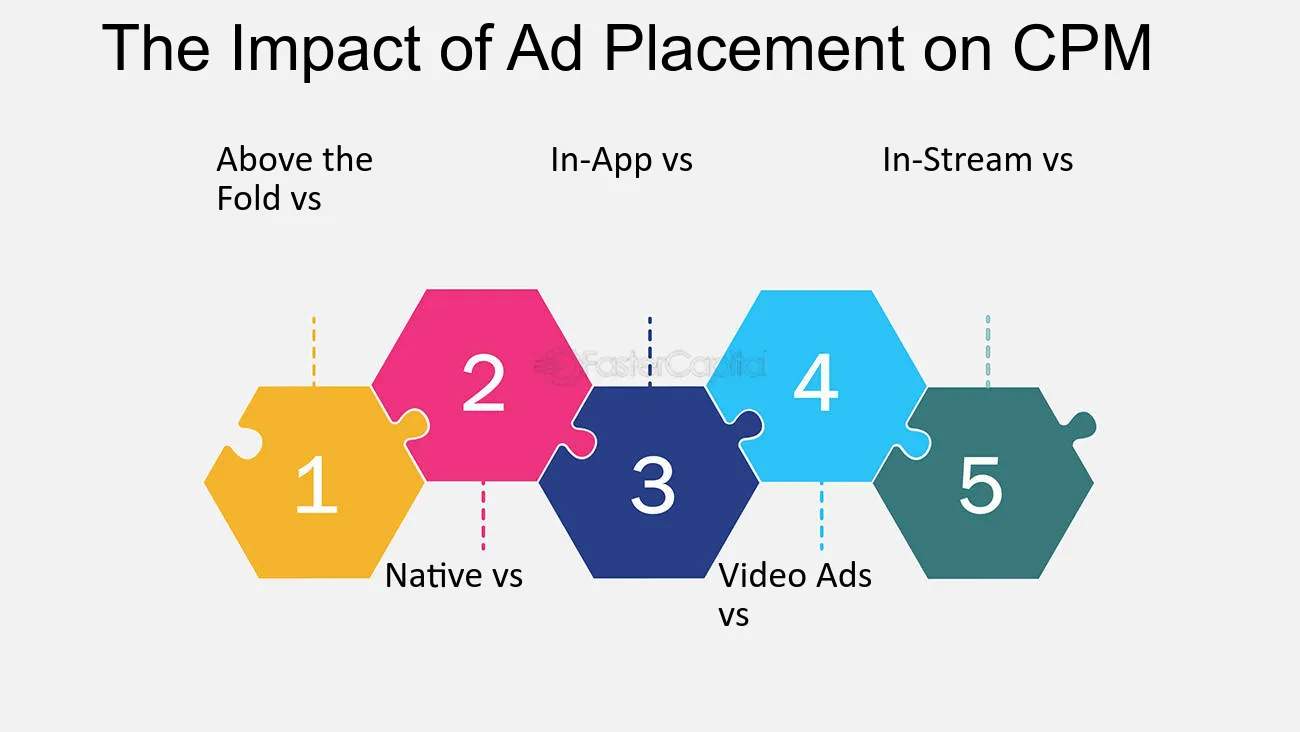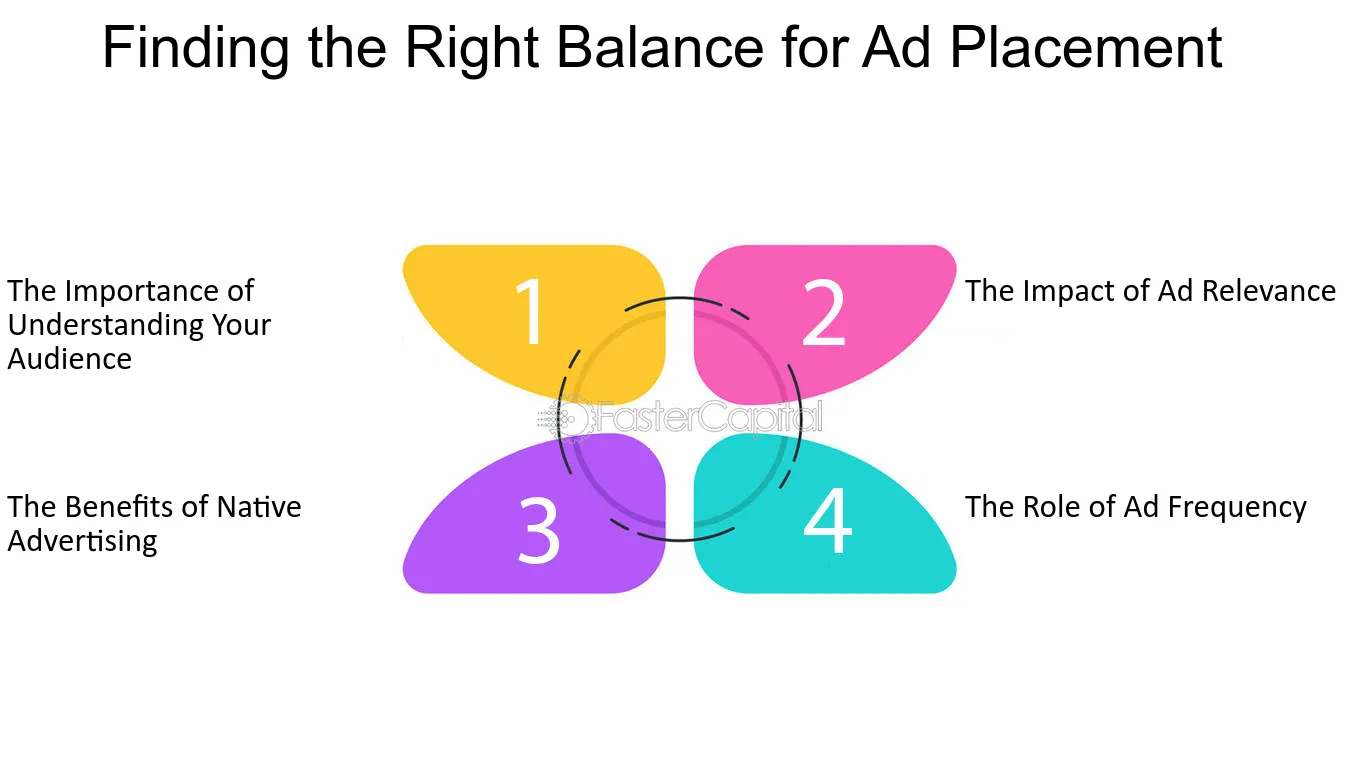
In digital advertising, where and how you place your banner ads can be just as important as the content within the ad itself. The effectiveness of your banner ads is heavily influenced by their placement on the page, which directly impacts visibility, engagement, and overall performance. In this post, we’ll explore the impact of ad placement on banner ad performance and share best practices for positioning your ads to achieve the best results.
1. Why Ad Placement Matters
1.1 Visibility and User Engagement
Ad placement plays a crucial role in determining whether your audience sees and interacts with your banner ad. Ads placed in high-visibility areas—such as above the fold, near the main content, or at the top of a webpage—are more likely to be noticed and engaged with. Conversely, ads placed in less prominent areas may go unnoticed, leading to lower click-through rates (CTR) and diminished returns on investment.
1.2 User Experience
Poor ad placement can negatively affect the user experience. Ads that interrupt the content flow or are perceived as intrusive can frustrate users, leading to higher bounce rates and a negative perception of your brand. On the other hand, well-placed ads that complement the content can enhance the user experience and drive better engagement.

The Impact of Ad Placement on Banner Ad Performance
1.3 Ad Fatigue
Repeated exposure to poorly placed ads can lead to ad fatigue, where users become desensitized to the content and start ignoring the ads altogether. This phenomenon is especially common with ads placed in the same location repeatedly, such as in sidebars or footers. Varying ad placement and ensuring ads are relevant to the content can help mitigate ad fatigue.
2. Best Practices for Effective Ad Placement
2.1 Above the Fold
Placing banner ads above the fold—where users don’t need to scroll to see the content—can significantly boost visibility and engagement. This prime real estate captures attention immediately and increases the likelihood of clicks. However, it’s important to ensure that the ad doesn’t overshadow the main content or negatively impact the user experience.
2.2 Near Relevant Content
Placing banner ads near relevant content increases the chances of user engagement. For example, placing an ad for running shoes next to an article about marathon training creates a natural connection and is more likely to resonate with readers. Contextual relevance is key to maximizing the impact of your ad placement.
2.3 Inline and Interstitial Ads
Inline ads, which appear within the flow of content, can be highly effective when placed strategically. These ads feel less intrusive and can seamlessly blend with the user’s reading experience. Interstitial ads, which appear between content pages, can also capture attention but should be used sparingly to avoid disrupting the user experience.
2.4 Sidebar and Footer Placement
Sidebar and footer placements are common for banner ads, but they can be less effective if not executed correctly. These areas often receive less attention from users, especially if they are overloaded with ads. If using these placements, ensure the ad design is eye-catching and that the content is compelling enough to draw users’ attention away from the main content.
3. Testing and Optimization
3.1 A/B Testing Ad Placements
A/B testing different ad placements is essential for understanding what works best for your specific audience and campaign goals. Test placing your ads in various locations, such as above the fold, in the sidebar, or within content, to see which position yields the highest engagement. Use the insights gained from these tests to optimize your ad placement strategy.
3.2 Monitoring Performance Metrics
Keep a close eye on performance metrics such as CTR, conversion rates, and bounce rates to assess the effectiveness of your ad placements. If a particular placement isn’t delivering the desired results, consider adjusting the position or testing alternative locations.
3.3 Ad Placement in Mobile vs. Desktop
Mobile and desktop users interact with content differently, so it’s important to consider device-specific ad placements. Mobile users tend to scroll more quickly, so ads placed near the top of the page or within content can be more effective. For desktop users, sidebar and header placements often perform well, but testing is key to determining the best approach for each platform.
4. Case Studies and Real-World Examples
4.1 Case Study: E-Commerce Brand
An e-commerce brand experimented with different ad placements for a new product launch. By shifting from a sidebar ad to an above-the-fold placement, they saw a 40% increase in CTR and a 25% boost in conversion rates. The higher visibility of the above-the-fold placement played a key role in driving these results.
4.2 Case Study: Content Publisher
A content publisher tested inline ads placed within articles versus standard banner ads placed at the bottom of the page. The inline ads generated significantly higher engagement, with a 30% increase in CTR, demonstrating the effectiveness of placing ads in the natural flow of content.
Conclusion
Ad placement is a critical factor in the success of your banner ad campaigns. By understanding the impact of different placements and implementing best practices such as positioning ads above the fold, near relevant content, and within the content flow, you can maximize visibility, engagement, and ROI. Don’t forget to test and optimize your placements continually to ensure that your ads are reaching their full potential.
